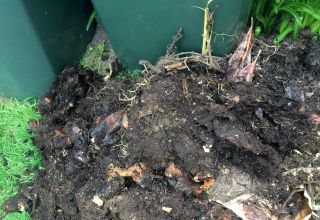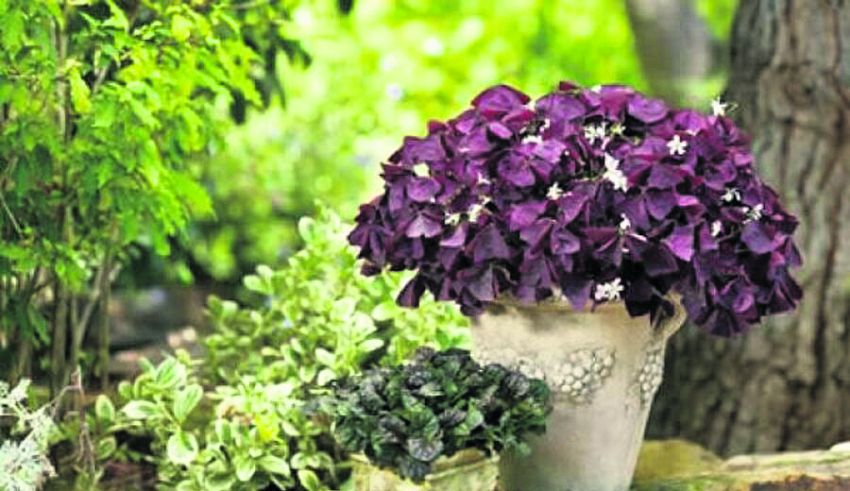
Leading west country authority on houseplants Amanda Porter takes time out to answer a variety of questions on houseplants and their care.
Q. What is an air purifying houseplant?
A: Lots of studies have shown that houseplants can help improve the air quality in our homes and offices. They do this by removing carbon dioxide and harmful pollutants and in return emit fresh oxygen. One of the most famous studies into this was conducted by Nasa in the United States. The Nasa Clean Air Study found a wide range of indoor plants were able to clean the air of harmful chemicals like benzene, formaldehyde and more. Some of the best and most effective air purifying plants are peace lily, sansevieria and Boston fern.
Q. What’s the best houseplant for the bedroom?
A: It is no secret; houseplants are scientifically proven to make us feel better and purify the air. Choosing the correct plant for your bedroom can induce calming feelings which in return help improve your sleep.
Air purifying plants like the peace lily, sansevieria and Boston fern again should be high up on your list for best houseplants for the bedroom. You might also compliment these with lavender, jasmine or valerian which can help promote relaxation and a night of restful sleep.
Q. Can houseplants survive in shady spots?
A: The simple answer to this popular question is yes. Many indoor plants are native to the forest or jungle and oftentimes can be found growing on the ground beneath the tree canopy. This means they’re used to low light levels and are happy to live in shady spots in your home.
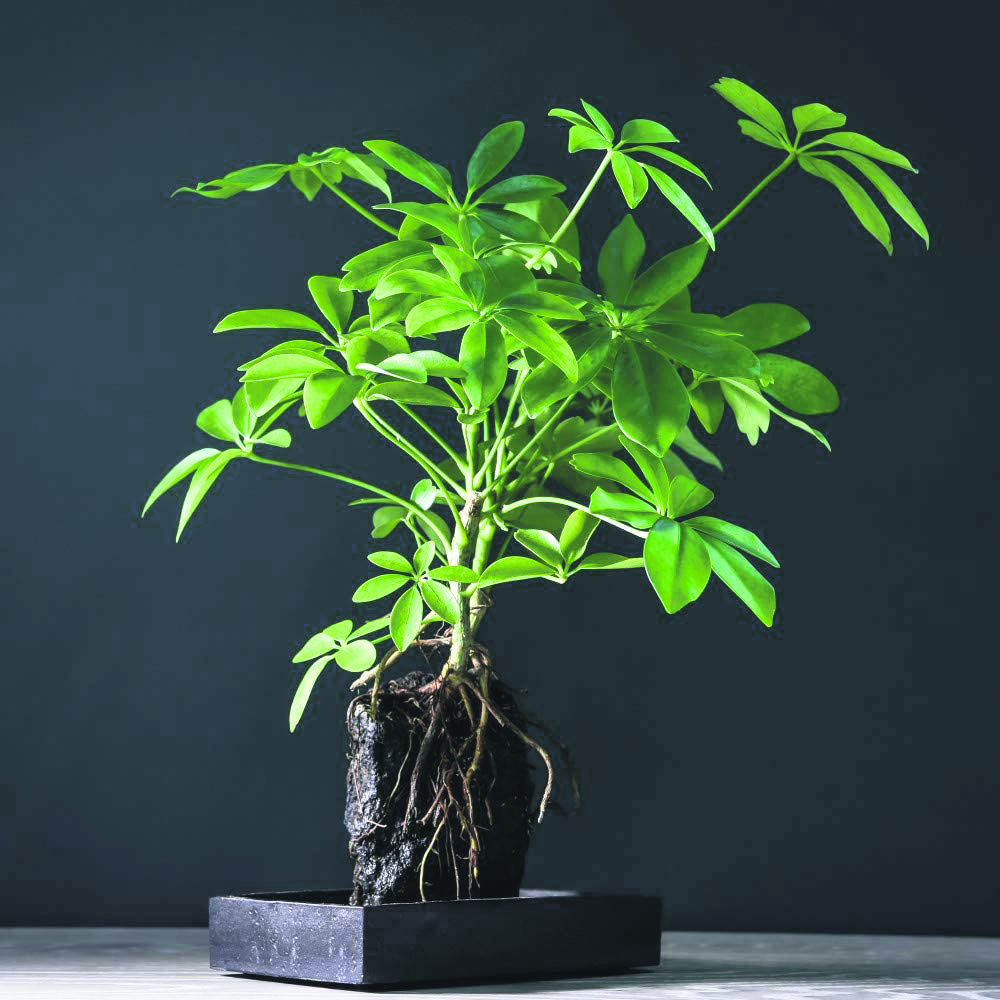
Q. Which houseplant would you prescribe for people who need calming down/more mindfulness and why?
A: Schefflera on lava rock, an epiphytic plant by nature, can grow without soil. A fun plant to watch as the water level in the tray disappears over time. This plant will take a lot of water from the air so a regular misting will keep it very happy. This plant can also grow quite quickly in bright spaces, which is a rewarding plant to prune into the shape you desire. This can be a very meditative experience.
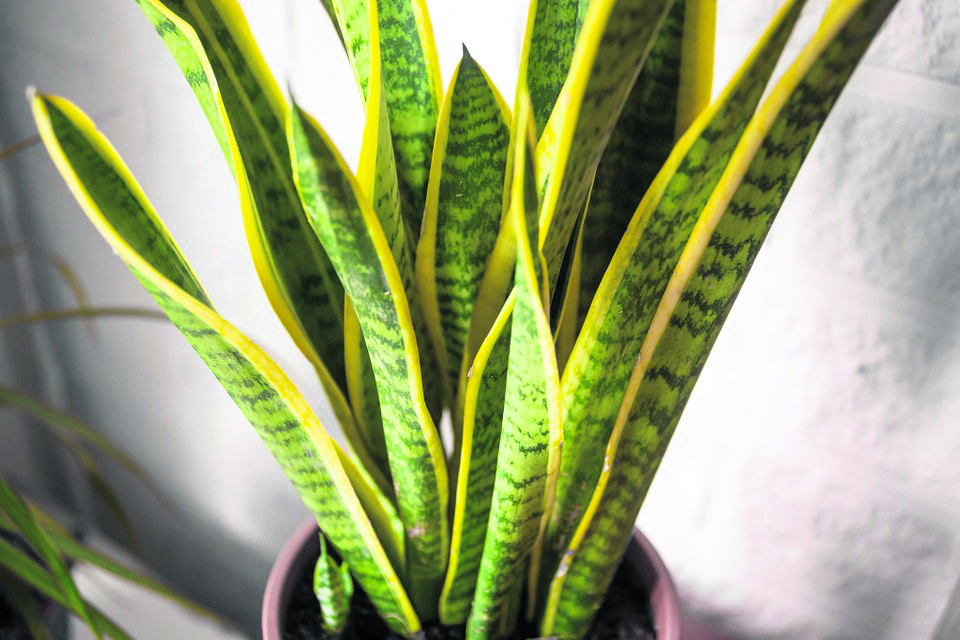
Q. What are the easiest houseplants to look after?
A: Often the easiest houseplants to care for originate from dry, arid environments, for example, cactuses. Succulents are also very easy to care for, they’re able to store large amounts of water and therefore need very little tender loving care.
One of my favourite houseplant is the sansevieria snake plant, these plants are extremely hardy, needing very little care and are quite happy being placed in shady spots in the home.
Q. Why do houseplant leaves turn brown?
A: Plants are living things, they have needs, and if their needs are not met they tend to communicate their angst visually.
If your plant’s leaves have turned brown its usually because the plant is being watered inconsistently, or it is lacking humidity and moisture. Make sure the plant has sufficient water, is not sitting in a flooded pot or saucer and is being misted regularly.
Q. What is the most common houseplant problem?
A: Watering. How often, how much, when, what type. Particularly in the case of cacti and other succulents, there is a misconception that they need very little or no water to survive. Or paradoxically, some of our clients kill their cacti by overwatering.
Q. Which houseplant is best for kids to look after?
A: Cacti are great plants for children because they require very little in the way of water and can randomly sprout flowers in warm and sunny spots. They are very tolerant, and you won’t have to worry about any floppy or falling leaves.
Q. What general piece of advice would you give to someone just starting out to own houseplants?
A: As opposed to your garden, your houseplants will certainly need more care. It’s always best to do a little bit of research on your plants, even if it’s to see how often your houseplants should be watered or what the desired climate for your houseplant should be. There are so many varieties you have to know the needs of your specific plant.
Most houseplants are happy at around 70°F (20°C), but some only thrive at colder temperatures. For example, cyclamen prefer a temperature range between 50°F to 60°F (10°C to 15°C); cineraria even colder. If you own a bonsai tree or any other tropical indoor plants, then you may need to have a constant temperature of around 70°F (20°C).
And I would say be careful when placing your plants near a heated source. Most forms of home heating produce an atmosphere which is too dry for most pot plants. Central heating in winter will create a warm atmosphere which is as dry as a desert. This will be almost inhospitable for indoor plants.
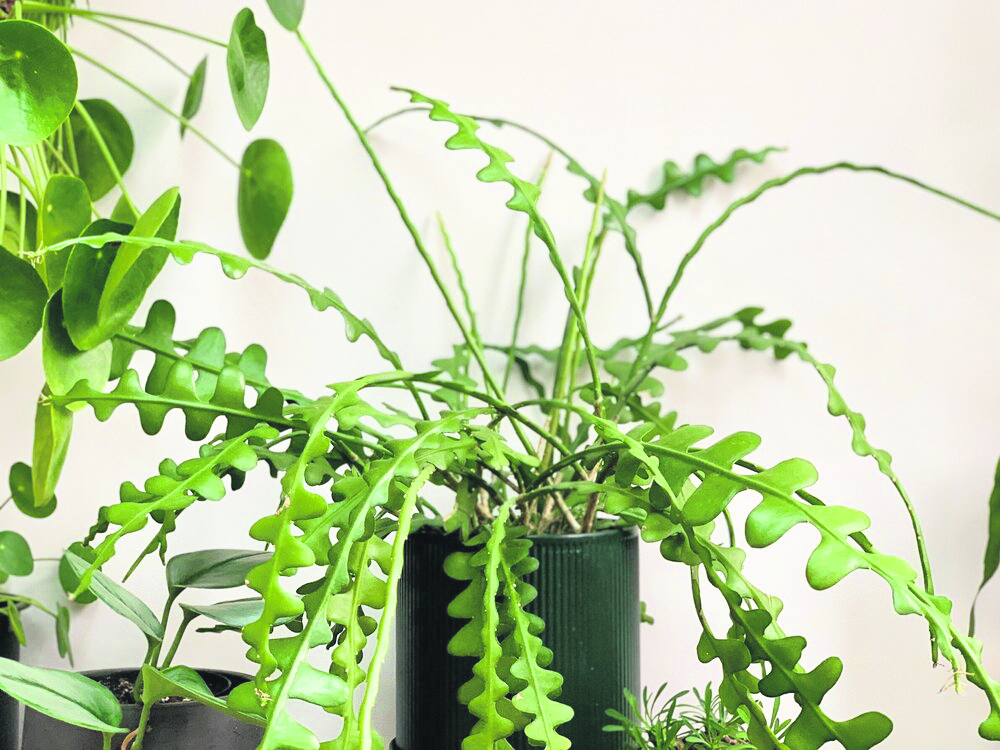
Q. If you had to own just two houseplants, what would they be?
A: The fishbone cactus (Epiphyllum anguliger) a species of forest cactus I discovered while researching one of my books. It has the wackiest silhouette, a sort of wild explosion of wiggly stems and, unlike desert cacti, is best suited to bright, indirect light. This makes it a great choice for shadier living rooms, where it can make a big impact without needing too much direct light.
Then an oxalis, which was given to me by a friend, has become one of my most treasured plants. It is considered a weed in its native Brazil but its butterfly-shaped leaves (which open and close depending on the time of day) and delicate flowers make it particularly rewarding to live with. It is also resilient. If you happen to let it dry out, it will revive after a good watering. It is perfect for the forgetful plant owner.




